

Articles
What Is A Ladder
Modified: August 28, 2024
Discover the benefits and uses of articles as a ladder for your success. Learn how articles can elevate your online presence and improve your visibility.
(Many of the links in this article redirect to a specific reviewed product. Your purchase of these products through affiliate links helps to generate commission for Storables.com, at no extra cost. Learn more)
Introduction
When it comes to reaching elevated areas or completing tasks at heights, a ladder is an indispensable tool. Whether you’re a homeowner tackling DIY projects or a professional tradesperson working in construction or maintenance, having a reliable ladder is essential for ensuring safety and efficiency.
A ladder is a simple yet ingenious device that enables individuals to ascend and descend heights that would otherwise be inaccessible. It offers a stable and portable platform for performing various tasks, such as painting walls, cleaning gutters, accessing high shelves, or repairing roofs.
In this article, we will delve into the world of ladders, exploring their different types, key components, common uses, and important safety guidelines. Additionally, we will provide tips on how to maintain and care for your ladder, ensuring its longevity and reliability.
Whether you already own a ladder or are considering purchasing one, understanding the fundamentals of ladder usage and maintenance is crucial for your safety and the success of your projects. So, let’s dive in and discover everything you need to know about ladders!
Key Takeaways:
- Ladders are versatile tools that provide safe access to elevated areas for tasks like home maintenance, construction, and industrial operations. Understanding ladder types, parts, and safety guidelines is crucial for efficient and secure usage.
- Proper maintenance and care for ladders are essential for ensuring longevity and safety. Regular inspections, cleanliness, and adherence to manufacturer’s guidelines can extend the lifespan of ladders, making them reliable tools for various tasks.
Read more: What Is An Articulated Ladder
Definition of a Ladder
A ladder is a vertical or inclined device made up of rungs or steps that provide a means of climbing or descending. It is typically composed of two long side rails connected by crosspieces known as rungs. The side rails create a stable structure, allowing individuals to safely ascend or descend heights.
Ladders come in various sizes and materials, including wood, aluminum, and fiberglass. They can be collapsible or extendable, allowing for easy storage and transportation. Some ladders are designed for specific purposes, such as extension ladders for reaching higher heights or step ladders for stable support on even ground.
The main purpose of a ladder is to provide access to areas that are vertically challenging to reach. Whether it’s reaching the top shelf in a warehouse, changing a lightbulb in a high ceiling, or performing maintenance on a roof, ladders serve as a versatile tool in multiple environments.
One of the key aspects of a ladder is its weight-bearing capacity. Each ladder is designed to support a specific weight limit, which should be carefully observed to prevent accidents and ensure user safety. Additionally, ladders often come with safety features like non-slip rungs and stabilizing mechanisms to enhance stability and reduce the risk of falls.
In summary, a ladder is a vertical or inclined device with rungs or steps that allows individuals to safely climb or descend heights. It comes in various sizes, materials, and configurations to suit different needs and is an essential tool for a wide range of tasks and professions.
Types of Ladders
Ladders come in a variety of types, each designed to suit specific purposes and environments. Choosing the right ladder for your needs is crucial for ensuring safety and achieving optimal results. Let’s explore some common types of ladders:
- Straight Ladder: This is the most basic and commonly used ladder type. It consists of two parallel side rails with evenly spaced rungs. Straight ladders are ideal for tasks that require vertical access, such as reaching high shelves or ceilings.
- Extension Ladder: Extension ladders are adjustable in length and designed for reaching higher heights. They consist of two sections – a base section and a fly section that can be extended or retracted. Extension ladders often come with ropes, pulleys, and locks for secure extension and retraction.
- Step Ladder: Step ladders are self-supporting and feature a folding A-frame design. They have a hinged mechanism that allows them to be set up without the need for support against a wall or other structure. Step ladders are popular for household tasks and offer a wide, stable platform.
- Platform Ladder: Platform ladders are similar to step ladders but feature a larger, flat platform at the top, providing a more comfortable working surface. These ladders are commonly used in industrial and commercial settings where prolonged standing or working at heights is required.
- Telescopic Ladder: Telescopic ladders are highly portable and compact. They consist of overlapping sections that can be extended or retracted, allowing for easy storage and transportation. Telescopic ladders are popular among professionals working in tight spaces or for homeowners needing a ladder for occasional use.
- Attic Ladder: As the name suggests, attic ladders are specifically designed for accessing attics or lofts. These ladders are installed into ceilings and often fold or slide into place when not in use, providing convenient access to storage spaces.
It’s important to consider the height, weight capacity, and specific requirements of your task when selecting a ladder. Always choose a ladder that is appropriate for the job and follow the manufacturer’s guidelines for safe usage.
Parts of a Ladder
A ladder consists of several key components that work together to provide stability, durability, and safety. Understanding the different parts of a ladder can help you make informed decisions when selecting, using, and maintaining your ladder. Here are the main parts of a ladder:
- Side Rails: The side rails are the vertical supports of the ladder. They run parallel to each other and provide the structural integrity of the ladder.
- Rungs or Steps: Rungs or steps are the horizontal crosspieces that individuals stand on while using the ladder. They are evenly spaced and provide a platform for climbing or standing.
- Top Cap: The top cap is located at the highest point of the ladder. It provides protection for the ladder against damage and serves as a point of contact against walls or surfaces.
- Bottom Feet/ Shoes: The bottom feet or shoes of a ladder provide stability and grip on the ground. They are often equipped with non-slip rubber or grippers to prevent the ladder from slipping or sliding during use.
- Rung Locks: Rung locks are mechanisms that secure the rungs in place, preventing them from shifting or collapsing during use. They ensure the ladder remains stable and secure while individuals climb or work on it.
- Spreaders or Spread Bars: Spreaders or spread bars are horizontal crosspieces located near the base of the ladder. They help to keep the ladder open and maintain its stability by preventing the side rails from spreading apart.
- Locking Mechanisms: Locking mechanisms are found on certain types of ladders, such as extension ladders. They allow for safe extension or retraction of the ladder, ensuring it remains securely locked in place during use.
- Stabilizers: Stabilizers are optional attachments that can be added to ladders to enhance stability and reduce the risk of tipping or wobbling. They provide a wider base of support, especially when working on uneven surfaces.
It’s important to inspect these components regularly to ensure they are in good working condition. Replace any damaged or worn parts and follow the manufacturer’s instructions for proper maintenance and care. By understanding the different parts of a ladder, you can use it safely and prolong its lifespan.
When using a ladder, always make sure it is on a stable and level surface, and never stand on the top two rungs. Inspect the ladder for any damage before use.
Uses of a Ladder
Ladders serve a wide range of purposes in both residential and commercial settings. They are versatile tools that provide access to heights and enable individuals to perform various tasks efficiently and safely. Here are some common uses of ladders:
- Home Maintenance and Repairs: Ladders are essential for homeowners for tasks such as cleaning gutters, painting walls, changing light fixtures, or accessing high shelves and cabinets. They offer a stable platform and allow individuals to reach heights that are otherwise challenging to access.
- Construction and Building Projects: In the construction industry, ladders are used extensively for tasks like installing drywall, electrical work, or framing. They provide workers with a safe and reliable means of accessing different areas of a building or structure.
- Roofing and Roof Maintenance: Ladders are a vital tool for roofers, enabling them to climb up and down roofs safely. They are used for tasks such as removing debris, inspecting and repairing roofs, installing shingles, or accessing chimneys and vents.
- Window Cleaning: Window cleaners rely on ladders to reach upper-floor windows safely. They allow for precise positioning and stability, ensuring that the task can be completed efficiently and without unnecessary risk.
- Tree Trimming and Pruning: Arborists and gardeners utilize ladders to reach high branches for tree trimming, pruning, or fruit harvesting. Ladders offer stability and a secure platform to work from, ensuring the safety of workers during these tasks.
- Industrial and Warehouse Operations: Ladders are used in industrial and warehouse settings for accessing high shelves, racks, or storage areas. They help workers retrieve and store items safely and efficiently.
- Firefighting and Rescue Operations: Firefighters and rescue personnel use ladders for accessing buildings during emergencies, such as rescue operations or firefighting. Ladders enable them to reach elevated areas quickly and safely.
- Decorating and Event Setup: Ladders are indispensable for decorators and event planners, allowing them to hang decorations, install lights, or set up stages or displays. They provide a stable platform for working at different heights.
These are just a few examples of the many uses of ladders in various industries and contexts. It’s important to choose the right type of ladder for the specific task at hand and to ensure adherence to safety guidelines during use.
Read more: What Is An Extension Ladder
Safety Guidelines When Using a Ladder
Using a ladder safely is of utmost importance to prevent accidents and injuries. Whether you’re working at home or on a job site, it’s crucial to follow these safety guidelines when using a ladder:
- Choose the Right Ladder: Select a ladder that is appropriate for the task at hand. Consider the height, weight capacity, and type of ladder that best suits your needs. Ensure that the ladder is in good condition, without any structural damage or missing parts.
- Inspect the Ladder: Before each use, thoroughly inspect the ladder for any signs of wear, damage, or defects. Check for loose rungs, bent or cracked side rails, or any other abnormalities. Never use a ladder that appears to be compromised.
- Set Up on Solid Ground: Place the ladder on a firm and level surface. Avoid using ladders on unstable ground or slippery surfaces. Use a ladder stabilizer or rubber grip pads if needed for added stability.
- Secure the Top and Bottom: Ensure that the ladder is properly secured at both the top and bottom. If possible, secure the top to a solid structure, such as a wall, using ladder stabilizers or hooks.
- Maintain Three Points of Contact: Maintain a secure grip on the ladder with both hands and keep at least one foot firmly planted on the ladder rung at all times. Avoid overreaching or leaning to one side, as this can cause the ladder to become unbalanced and tip over.
- Avoid Climbing on the Top Rung: Do not stand or climb on the top two rungs of a ladder. The top rung is not intended to be a stepping surface and may not provide adequate stability.
- Don’t Overload the Ladder: Ensure that you do not exceed the ladder’s weight capacity. Take into account your own weight, as well as the weight of any tools or materials you will be carrying while on the ladder.
- Work within Comfortable Reach: Avoid leaning or stretching excessively while on the ladder. Maintain your center of gravity within the ladder’s side rails to prevent tipping over.
- Use Fall Protection if Necessary: When working at significant heights or on unstable surfaces, consider using additional fall protection measures such as a safety harness, tether, or guardrail system.
- Ascend and Descend Carefully: When climbing up or down the ladder, always face the ladder and use both hands to maintain a firm grip. Never skip rungs or rush the process.
- Store and Transport Properly: When not in use, store the ladder in a clean and dry environment. Follow the manufacturer’s instructions for proper storage and transportation. Do not carry or move a ladder while on it or with anyone on it.
- Receive Proper Training: If you are not familiar with ladder usage or have never used a particular type of ladder before, seek proper training or instruction to ensure safe usage.
Remember, ladder safety is paramount for preventing accidents and injuries. By following these guidelines, you can ensure a safer and more secure working environment when using a ladder.
Maintenance and Care for Ladders
Maintaining and caring for your ladder is essential to ensure its longevity, reliability, and safe operation. By following these maintenance guidelines, you can keep your ladder in optimal condition for years to come:
- Regular Inspections: Conduct regular visual inspections of your ladder before and after each use. Look for any signs of damage, such as cracks, bent or loose parts, and missing or damaged rungs. Do not use a ladder that shows any signs of compromise.
- Cleanliness: Keep your ladder clean and free from dirt, grease, or other contaminants. Clean the rungs, side rails, and other parts using mild soap and water. Avoid using harsh chemicals or abrasive materials that may damage the ladder’s surface.
- Proper Storage: Store your ladder in a dry and clean area away from extreme temperatures, direct sunlight, and moisture. Avoid leaning ladders against walls or other structures for extended periods, as this can cause warping or damage to the ladder.
- Loose or Worn Parts: Regularly check for loose screws, bolts, or rivets on your ladder. Tighten any loose connections and replace any worn or damaged parts promptly. This ensures the ladder remains stable and safe during use.
- Optional Accessories: If your ladder has additional accessories like stabilizers, ensure they are securely attached and in proper working condition. Replace any worn or damaged accessories according to the manufacturer’s recommendations.
- Storing Extension Ladders: If you have an extension ladder, it’s important to know how to properly store it. Avoid wrapping the ladder tightly or leaving it extended for long periods, as this may cause damage to the extension mechanisms. Follow the manufacturer’s instructions for proper storage.
- Transportation: When transporting your ladder, secure it properly to prevent it from shifting or falling. Use appropriate ladder racks, ties, or clamps to secure the ladder to your vehicle. Avoid dragging or dropping the ladder, as this can cause damage to its structural integrity.
- Manufacturer’s Instructions: Always refer to the manufacturer’s instructions for specific care and maintenance guidelines for your ladder. They will provide guidance on recommended maintenance routines, weight limits, and other important safety considerations.
- Professional Inspection: If you notice any significant damage or are unsure about the condition of your ladder, consult a professional ladder inspector or a qualified technician for a thorough inspection and potential repairs.
- Training and Education: Stay informed about ladder safety and best practices by attending training sessions or seeking educational resources. Continuously educate yourself and your team on the proper use and maintenance of ladders.
Remember, proper maintenance and care of your ladder not only extends its lifespan but also ensures your safety while using it. By following these guidelines and taking proactive measures, you can enjoy the benefits of a reliable and safe ladder for years to come.
Conclusion
Ladders are invaluable tools that provide access to heights and enable individuals to perform a wide range of tasks. Whether you’re a homeowner, a professional tradesperson, or someone in need of reaching elevated areas, understanding the different aspects of ladders is crucial for safety, efficiency, and successful project completion.
In this article, we discussed the definition of a ladder, which is a vertical or inclined device with rungs or steps that allows individuals to climb or descend heights. We explored various types of ladders, including straight, extension, step, platform, telescopic, and attic ladders, each designed to serve specific purposes and environments.
We also examined the different parts of a ladder, such as the side rails, rungs or steps, top cap, bottom feet or shoes, rung locks, spreaders or spread bars, locking mechanisms, and stabilizers. Understanding these parts helps ensure the stability, durability, and safe usage of a ladder.
Moreover, we explored the multitude of uses for ladders, from home maintenance and repairs to construction projects, roofing, window cleaning, and beyond. Ladders are indispensable tools in various industries and everyday tasks, providing a safe and reliable means to access elevated areas.
Furthermore, we highlighted important safety guidelines to follow when using a ladder, emphasizing the importance of choosing the right ladder, inspecting it before each use, setting it up on solid ground, maintaining three points of contact, and avoiding overloading or overreaching. These guidelines help mitigate the risk of accidents and ensure user safety.
Lastly, we discussed the importance of maintenance and care for ladders, including regular inspections, cleanliness, proper storage, and addressing loose or worn parts. By following these maintenance practices, you can extend the lifespan of your ladder and ensure its safe and efficient operation.
In conclusion, ladders are invaluable tools that provide access to heights and enable individuals to perform a variety of tasks. By understanding the different types, parts, uses, safety guidelines, and maintenance practices related to ladders, you can ensure a safer and more successful experience when working at heights. Remember to prioritize your safety, choose the right ladder for the task, and maintain your ladder properly to enjoy a reliable and effective tool for all your elevated needs.
Frequently Asked Questions about What Is A Ladder
Was this page helpful?
At Storables.com, we guarantee accurate and reliable information. Our content, validated by Expert Board Contributors, is crafted following stringent Editorial Policies. We're committed to providing you with well-researched, expert-backed insights for all your informational needs.
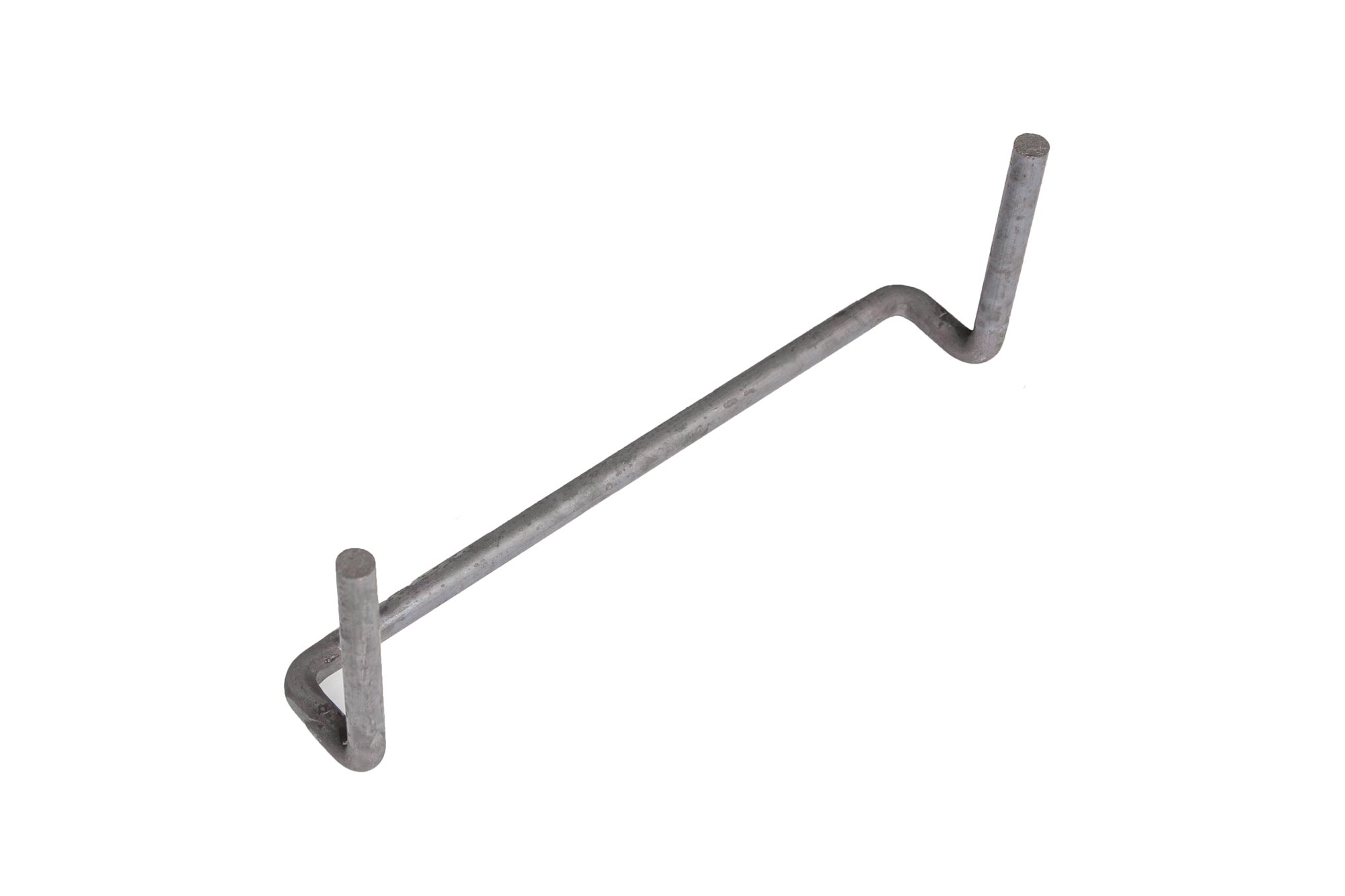
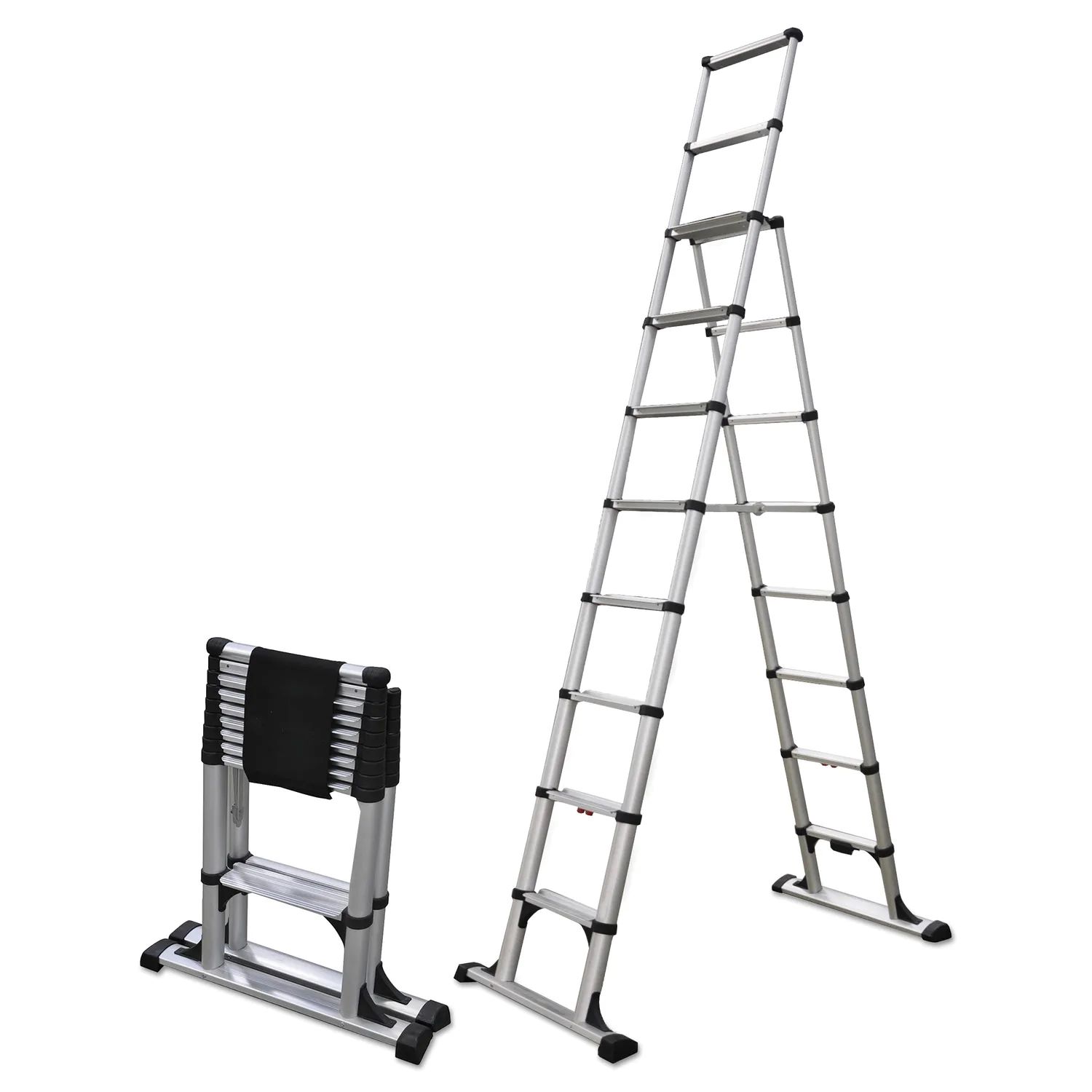
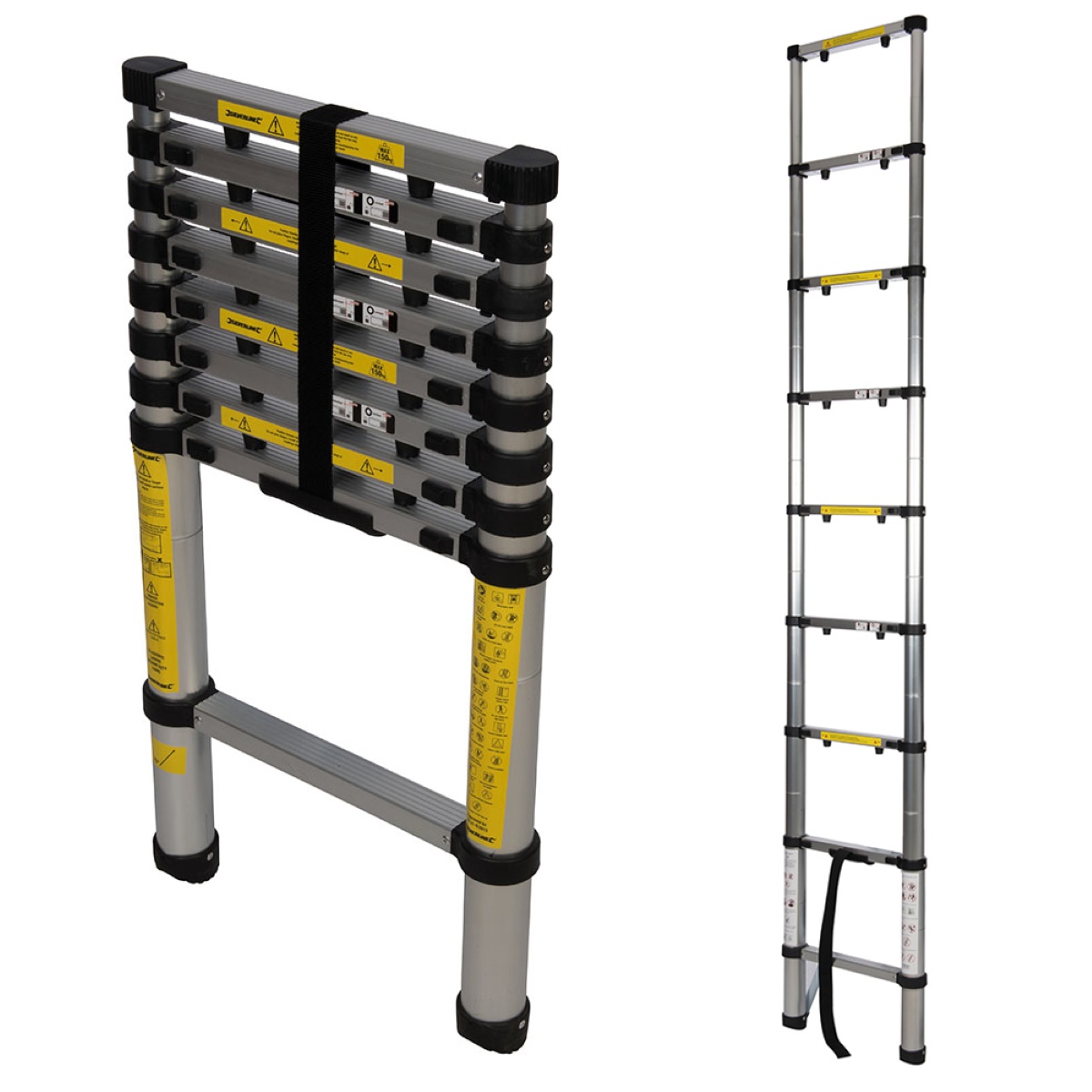
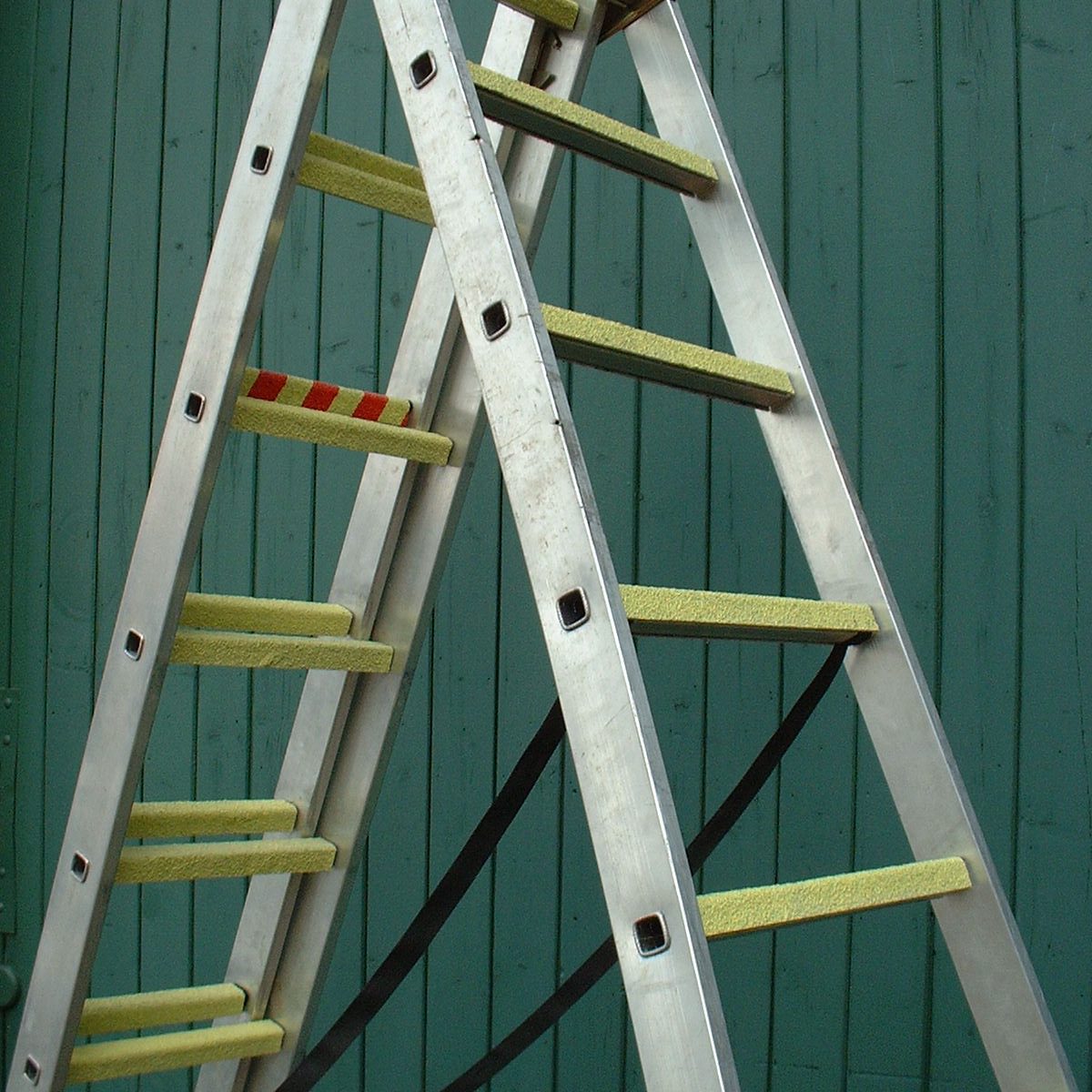


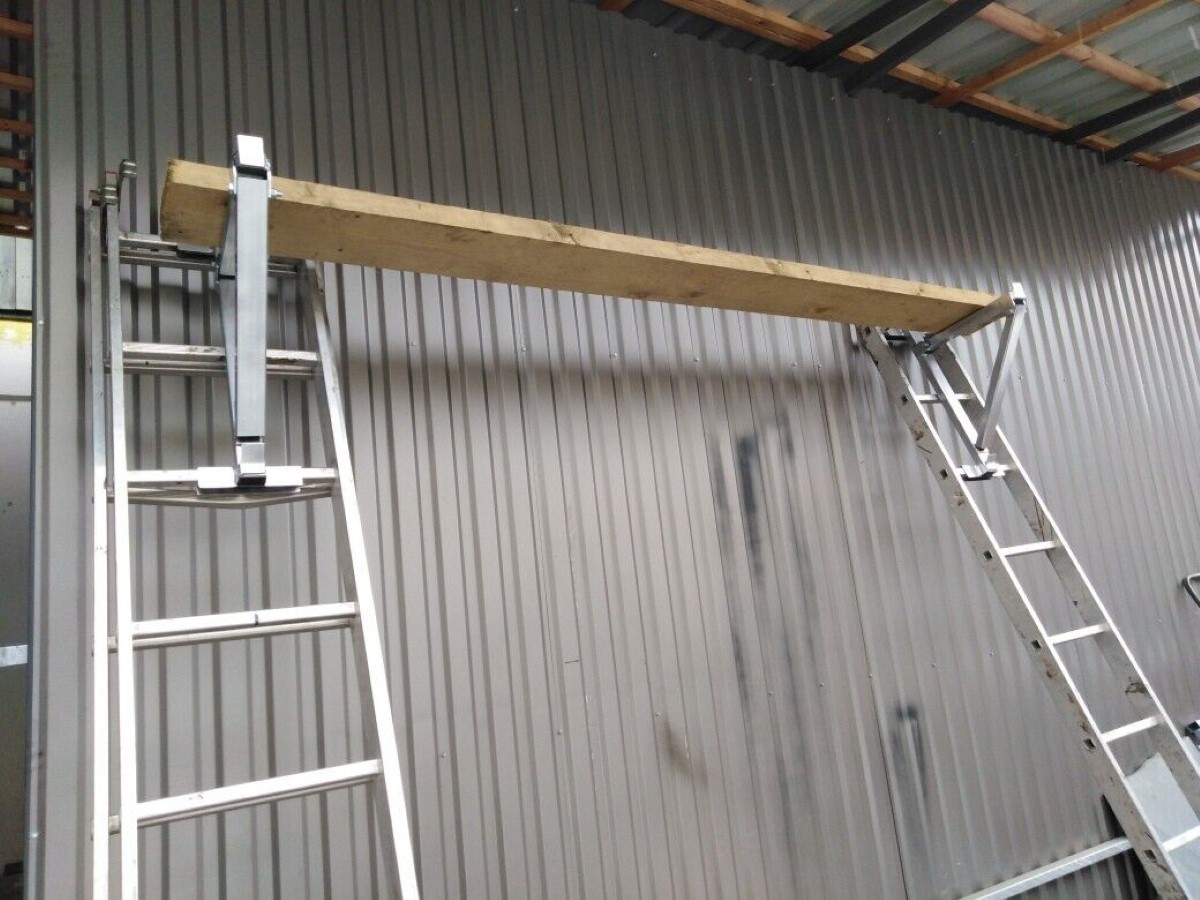

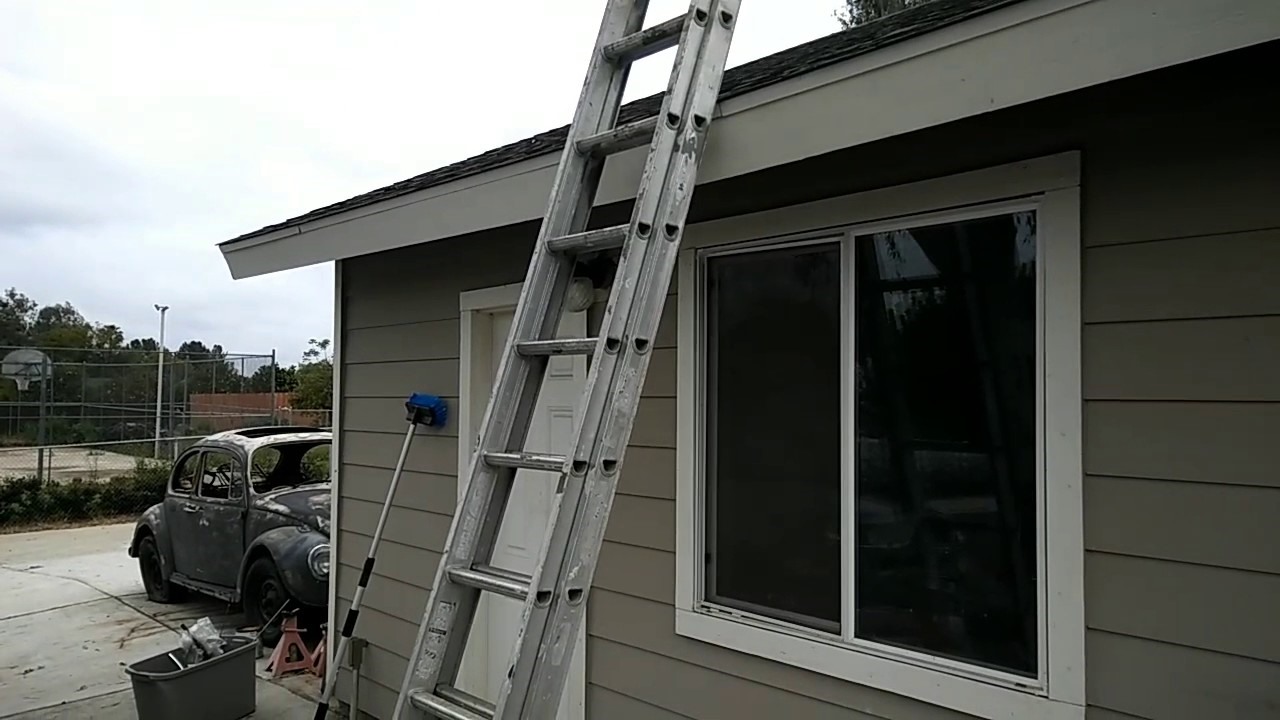
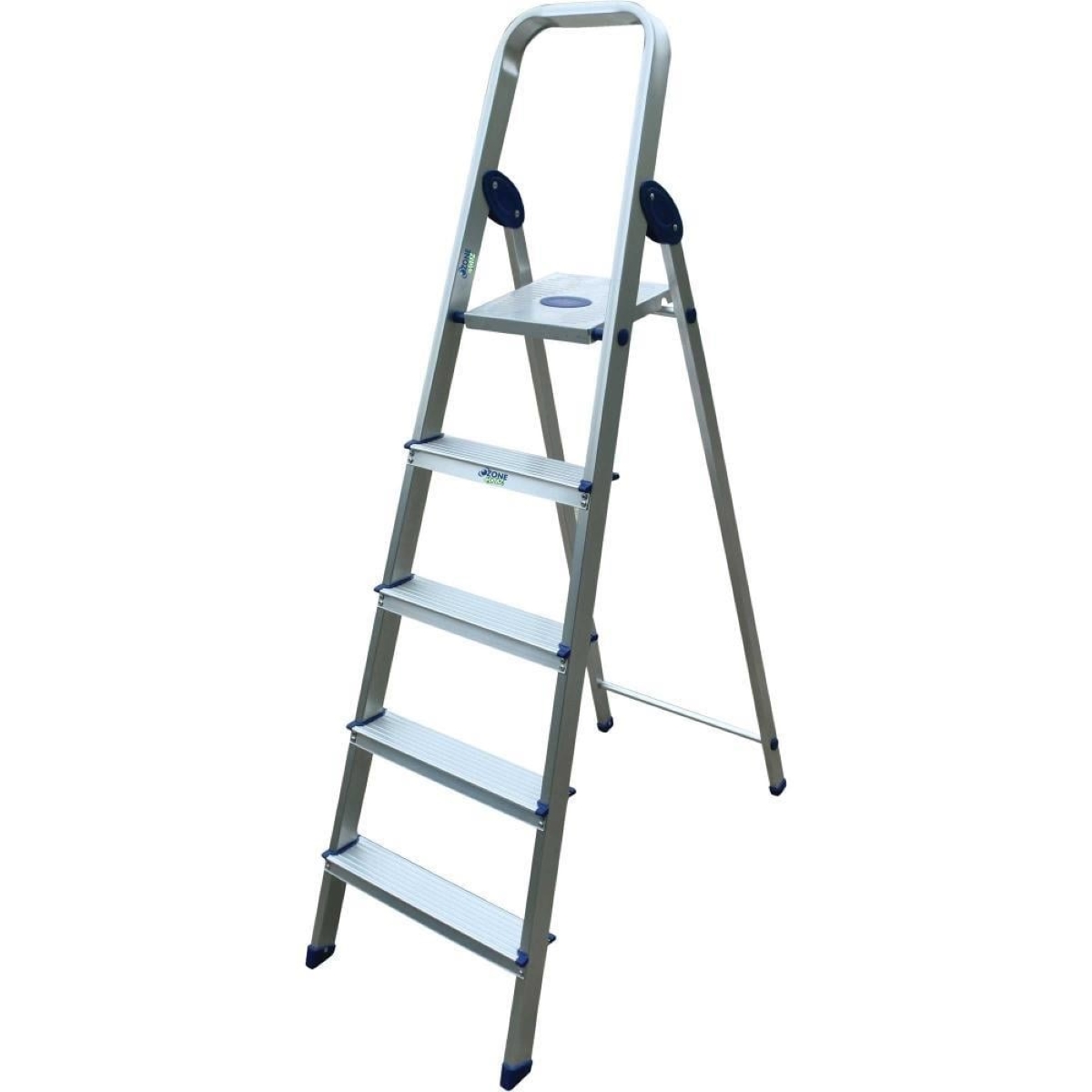

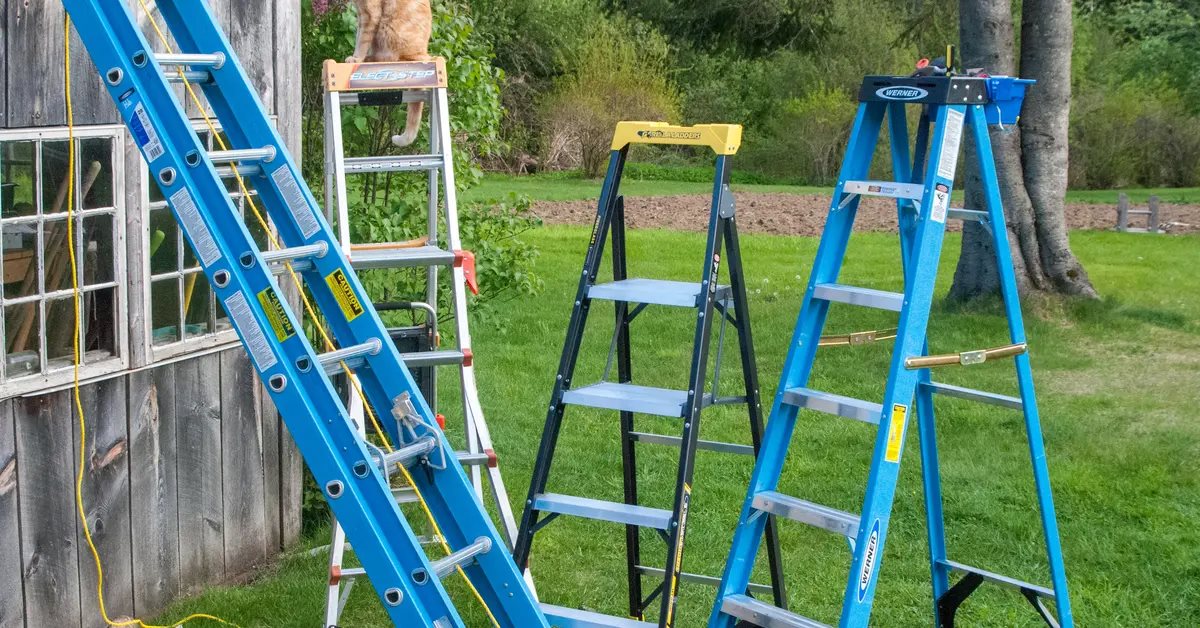

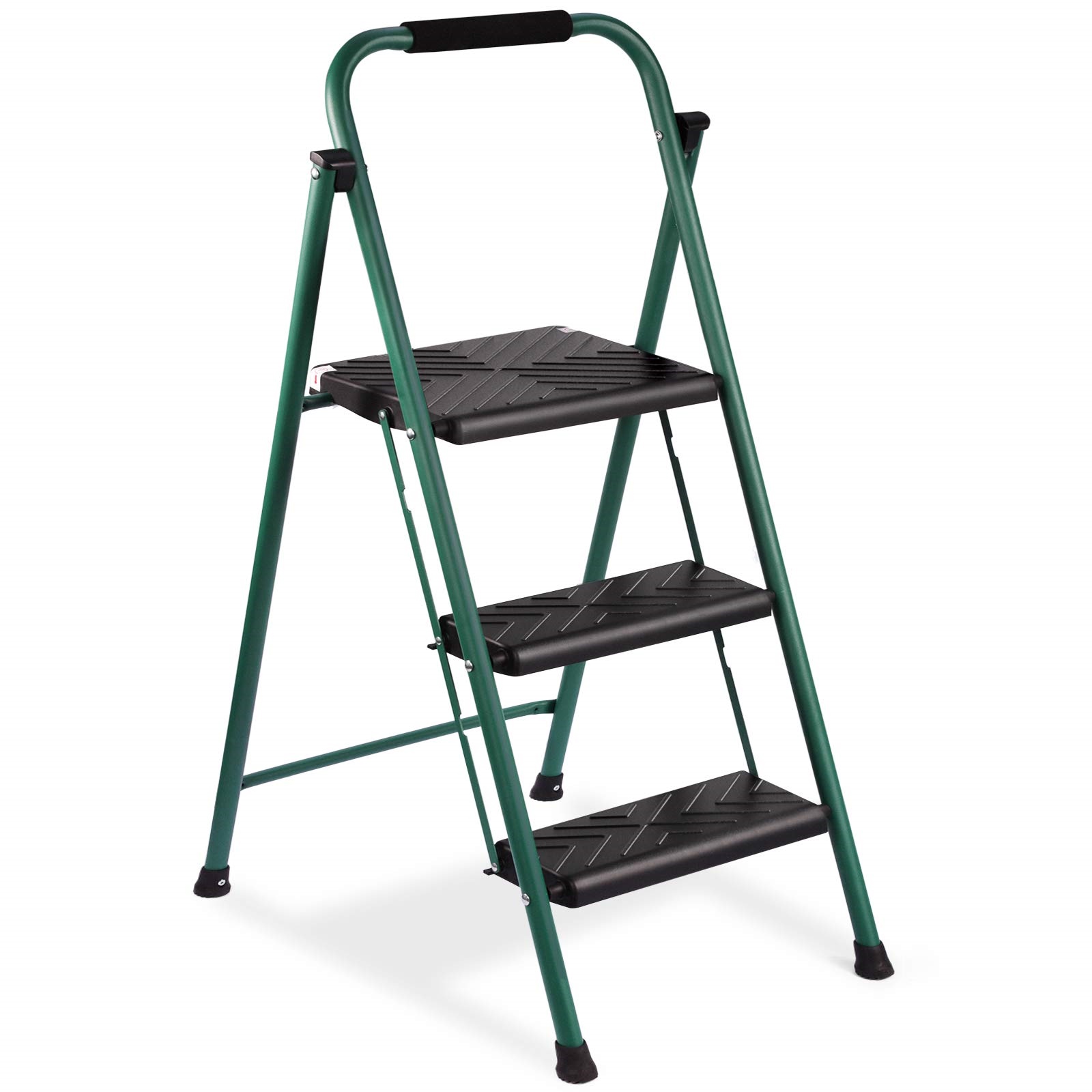

0 thoughts on “What Is A Ladder”